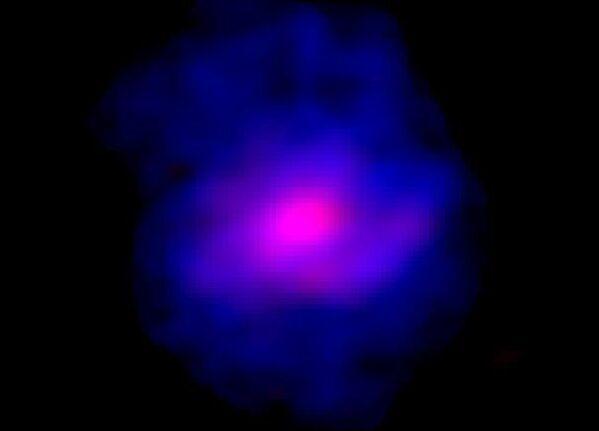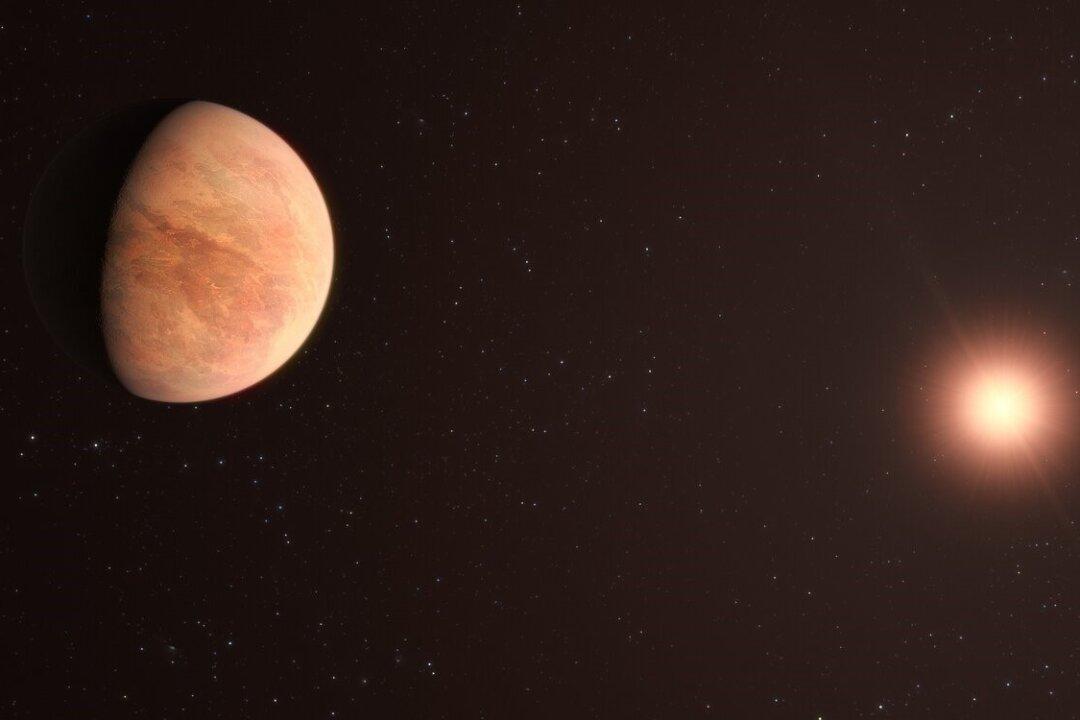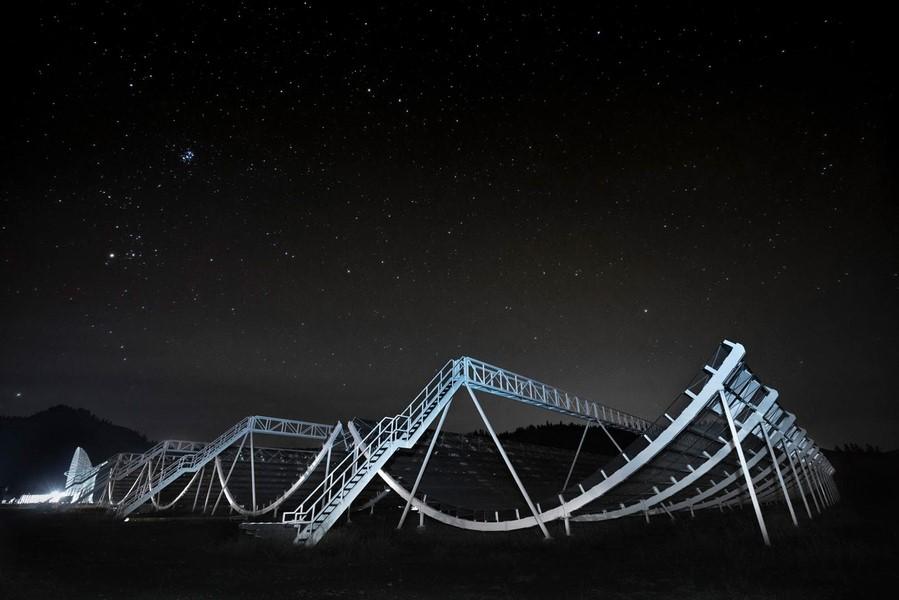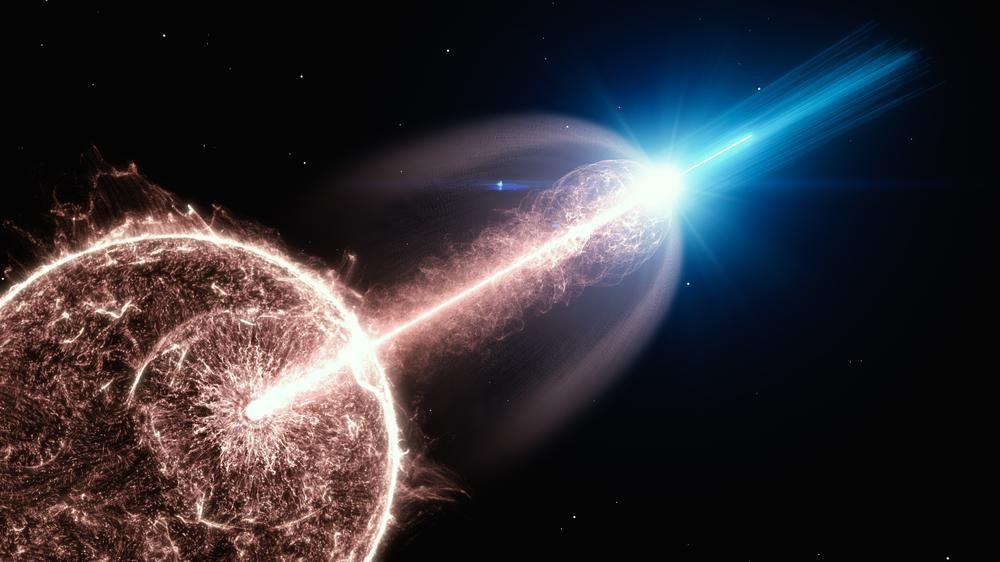A recent observation has challenged the current theory about the way galaxies formed in the early days of the universe.
Many cosmologists believe that the universe began with a Big Bang. Therefore, galaxies forming in the early universe could experience very chaotic physical processes, which made them appear disordered.




